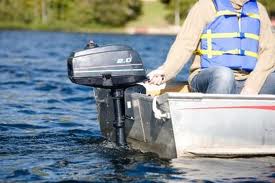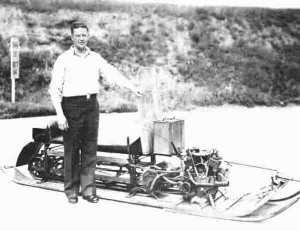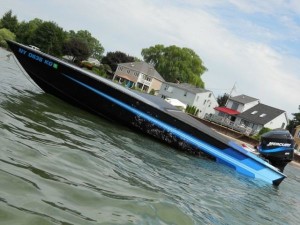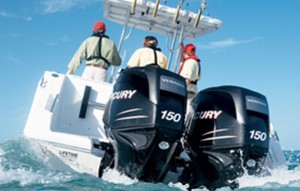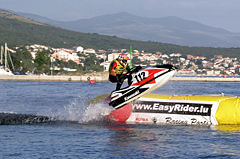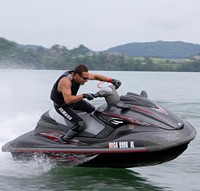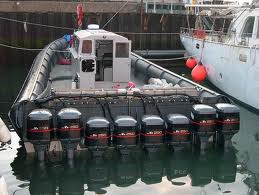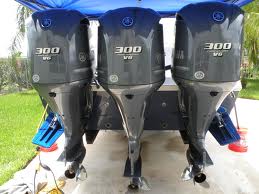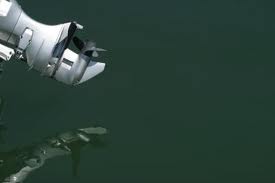Proper Boat Storage
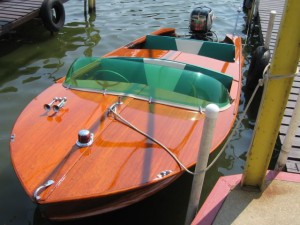 I’ve often written on this blog about the importance of winterizing your motor boats. It occurred to me last night that I have written enough about proper storage the rest of the year. Even during the busy boating season, you can’t just leave your boat out.
I’ve often written on this blog about the importance of winterizing your motor boats. It occurred to me last night that I have written enough about proper storage the rest of the year. Even during the busy boating season, you can’t just leave your boat out.
At the end of every run you should clean your boat. Wipe down the seats, handles, and coverings so that the salt water doesn’t damage them. Putting a tarp over the boat so rainwater doesn’t get in is a good practice to keep, too. When you’re done securing your boat, make sure that your Yamaha 2S oil is secured as well.


